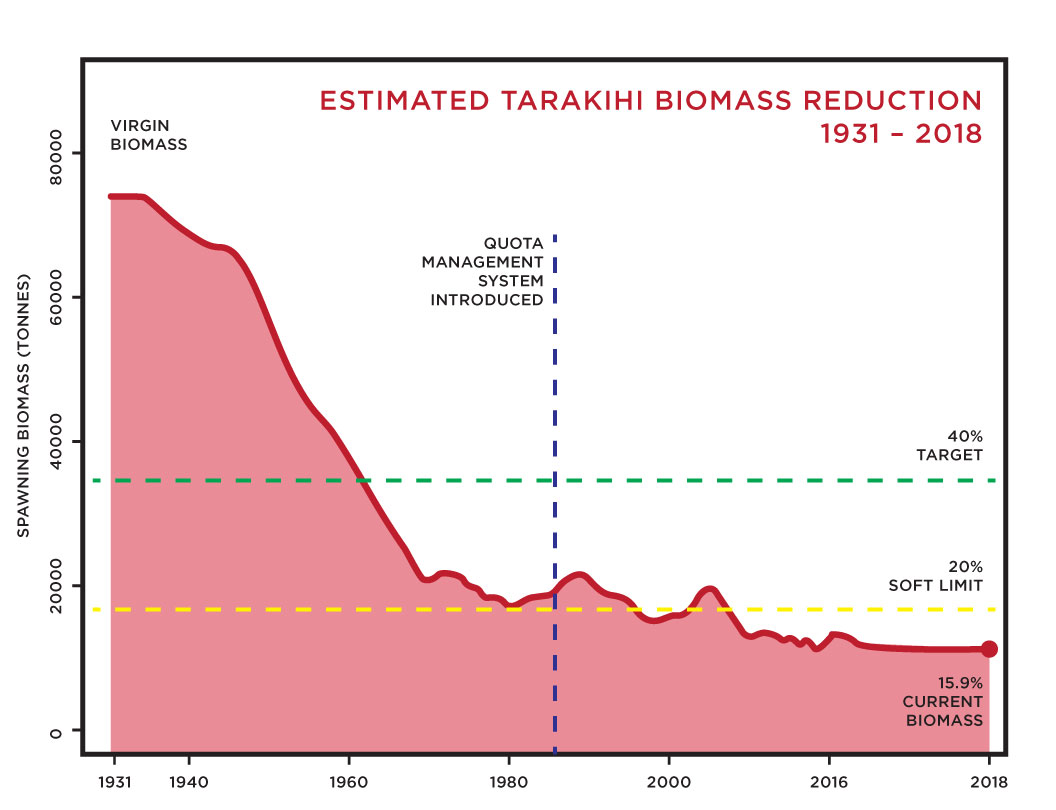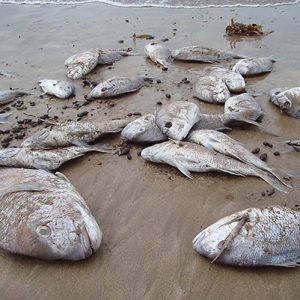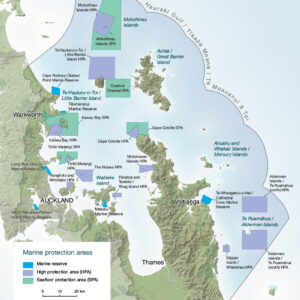Seventy percent of New Zealanders want the commercial fishing quota for tarakihi cut dramatically to help the country’s fish and chips favourite to recover, a new survey has revealed.
The survey conducted by Horizon Research for LegaSea, a not-for-profit organisation raising awareness of issues affecting the marine environment, found 70% want a cut of between 40% and 60% to help tarakihi stocks replenish and become more plentiful.
This is in contrast to Fisheries Minister Stuart Nash’s latest decision to cut commercial catch limits by just 10% even in light of latest research showing East Coast stocks of tarakihi have now been fished down to 15.9% of their original levels. “The survey shows confidence in fisheries management from the public is very low. Only 8 per cent of New Zealanders support the Minister’s decision for a 10 per cent reduction of tarakihi catch,” said LegaSea spokesman Scott Macindoe.
“The survey shows confidence in fisheries management from the public is very low. Only 8 per cent of New Zealanders support the Minister’s decision for a 10 per cent reduction of tarakihi catch,” said LegaSea spokesman Scott Macindoe.
“At that rate it could take 20 years for the tarakihi fishery on the East Coast of New Zealand to recover, and even that’s not guaranteed,” says Macindoe.
The survey of 1000 adults conducted between October 3-9 reflects similar trends found in another Horizon Research poll earlier this year which found more than half (54%) of adult New Zealanders believe the country’s inshore fish stocks are being over exploited commercially.
“Clearly New Zealanders are not being fooled by all the spin claiming the quota system ensures the country’s major public fish resource is being managed sustainably,” says Macindoe.
He believes the quota management system has failed to fulfil its original objectives of rebuilding severely depleted inshore fish stocks and providing incentives for commercial fishers to look after stocks.
“After 33 years of the Quota Management System we have the tarakihi stock on the east coast of the North and South Islands that is sitting at just 15.9% of its original estimated stock size. An overwhelming majority of New Zealanders consider that a sustainable, healthy fishery ought to be managed so at least 50% of the original stock remains in the sea,” says Macindoe. “Years of trawling has reduced the productivity of the marine environment. When you combine that with the deliberate targeting of juvenile fish and spawning schools by commercial fishers, tarakihi never really stood a chance. Even with this latest decision we are still taking too many tarakihi out of the water,” added Macindoe.
“Years of trawling has reduced the productivity of the marine environment. When you combine that with the deliberate targeting of juvenile fish and spawning schools by commercial fishers, tarakihi never really stood a chance. Even with this latest decision we are still taking too many tarakihi out of the water,” added Macindoe.
“We have to get real and bite the bullet when it comes to tarakihi and a whole lot of other fisheries. We need to rebuild abundance, so everyone benefits, including commercial fishers. If tarakihi were canaries in a coal mine they’d be on their backs taking their last gasp. Because they’re underwater we can’t see the mass depletion. But it’s real. Kiwis aren’t blind, they know what’s happening on the water. They want policy to make sure fisheries return to great abundance,” said Macindoe.
LegaSea expects the Minister will review and reduce tarakihi catch levels again in 2020, for the third consecutive year.
LegaSea is a non-profit organisation aiming to make sure there is more fish in the sea. LegaSea is developing a policy to reform fisheries to deliver greater benefits for all stakeholders. Its polling of what New Zealanders know and want is part of that major project.





